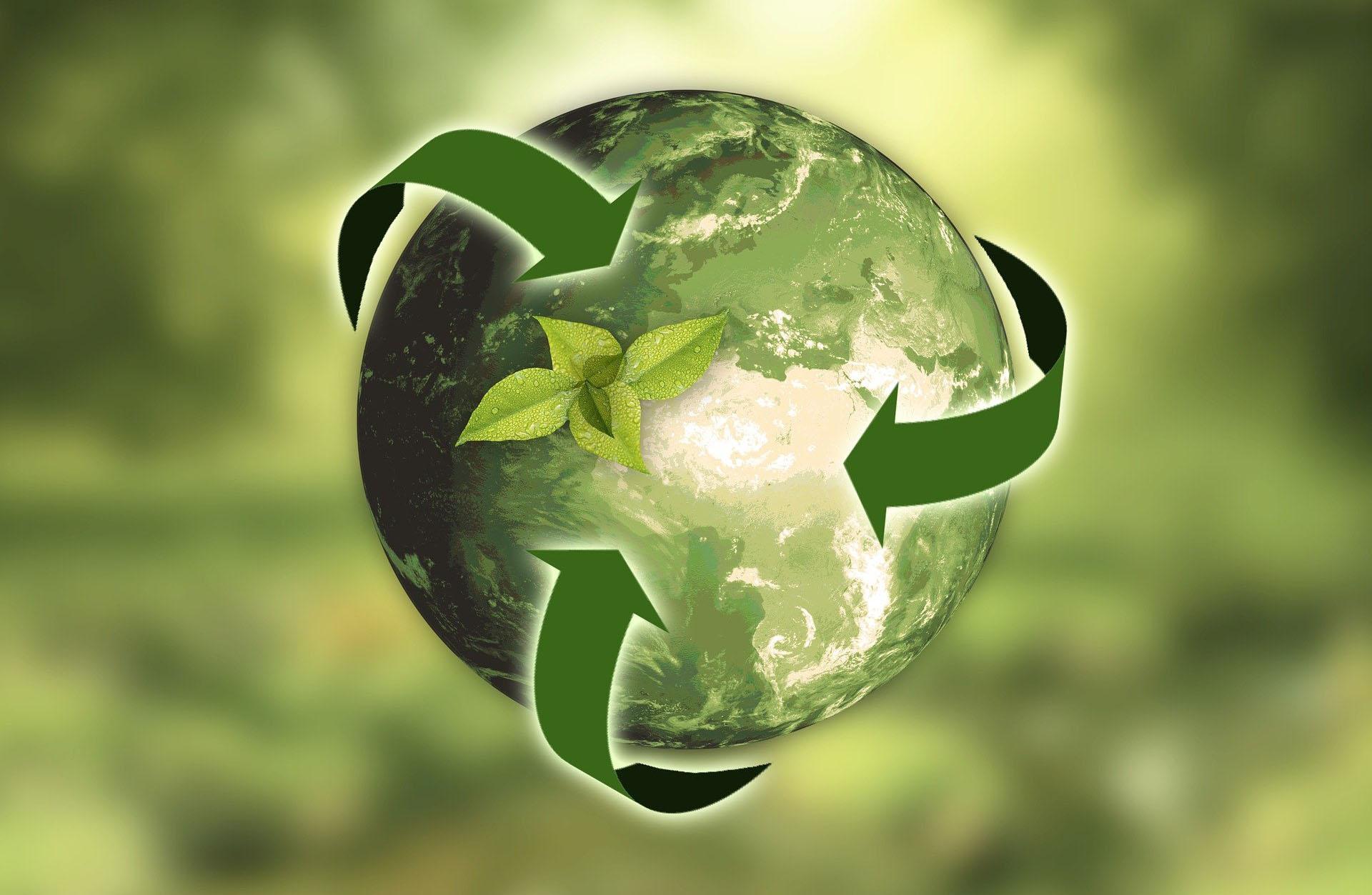From garbage on the streets to keep sorting: world experience in waste management

Germany
The country remains one of the most successful European examples of waste management. Its inhabitants began to separate garbage collection in the late 1980s. A deep sorting system has developed in Germany.
Each household pays for garbage collection. The cost can vary greatly depending on the place of residence, the number of apartments, and the volume and number of tanks per entrance. Taking into account these factors, management companies set tariffs. On average, we can talk about a fee of € 150-300 per year for large cities.
There are containers in separate rooms - either on the basement floors or in the yards, but behind a special gate that can be locked with a key. Each house or entrance has its tanks, which will not work in Germany to use the neighbor's trash can.
Every year, the country produces about 41 million tons of garbage - about 500 kilograms per person (comparable to Russia - TASS note). According to various sources, 60 to 80% of this volume goes to recycling or waste incineration plants to generate electricity, and the rest goes to landfills. Almost 15% of the German industry's raw materials are obtained through processing. In addition, it also turns out to be a profitable business - in 2017, the turnover of the waste processing industry amounted to approximately €70 billion, and more than 250 thousand people worked in this area.
USA
More than 250 million tons of household waste are produced annually in the country. For every resident of New York, for example, according to statistics from the city's sanitation department, there are 11.33 kilograms of waste per week - 7.25 kilograms at the place of residence and 4.08 kilograms at work.
Local governments of cities and states set recycling requirements. And systems of fines encourage the population to take out the garbage to a certain place in strictly designated containers for waste paper, glass, plastic, and other waste. For example, in a large 100-apartment residential complex in the south of New York, garbage bins with detailed instructions are installed on each floor - even metal hangers and used batteries have their containers.
The real scourge of American cities is plastic trash. The U.S. Environmental Protection Agency estimates that the country produces more than 30 million tons of plastic annually, most of which is not recycled. In New York, they are trying to solve the "plastic problem" with the help of bans and incentives for recycling. For example, depending on the size, some stores must install containers for collecting used plastic bags, while others must develop their own plastic recycling programs. As of 2019, the city cannot serve food in disposable Styrofoam containers.
In general, different states and cities deal with the problem of plastic pollution in their way. And at the federal level, there is a program of the three Rs - reduce, reuse, and recycle at Harrow Recycling Centre (consumption reduction, reuse, recycling). Its goal is to increase waste recycling and reduce the number of landfills. Citizens are taught to reuse what can not be thrown away and sort and properly dispose of waste. The program obliges Americans to buy special bags for general waste and provides them with tax credits for removing useful recyclables or organic matter to special places.
Japan
The requirements vary by locality, but the basic principles are the same everywhere. Waste intended for incineration is collected first - burning kitchen waste, paper, leather, and plastic. Residents put resources for reuse in special containers - glass bottles, PET bottles, steel, and aluminum cans - all separately. Empty metal aerosol cans, frying pans, kettles, and other small kitchen utensils are also isolated. Individually, there are packs of newspapers and magazines and cardboard. In some areas, non-standard waste is still collected - batteries, light bulbs, and ceramics.
Bulky household waste - furniture, old mattresses, suitcases - can be thrown away only after paying for the removal. The municipal service will only collect such items with a voucher for payment of the appropriate fee. You can buy it in any store - for example, the export of a mattress will cost about $ 3-4.
You can only put garbage in special transparent bags: the fee for them becomes a fee for removing waste. However, it is very small by Japanese standards - $ 3 for ten pieces. Most of the costs are covered by local taxes paid by the Japanese. They differ in localities, but generally, they make up less than 10% of the monthly income.
When collecting garbage trucks, they check whether the contents of the bags correspond to what is contained on that day of the week. The package with the "wrong" garbage will not be taken.
- Industry
- Art
- Causes
- Crafts
- Dance
- Drinks
- Film
- Fitness
- Food
- Games
- Gardening
- Health
- Home
- Literature
- Music
- Networking
- Other
- Party
- Religion
- Shopping
- Sports
- Theater
- Wellness
- News


